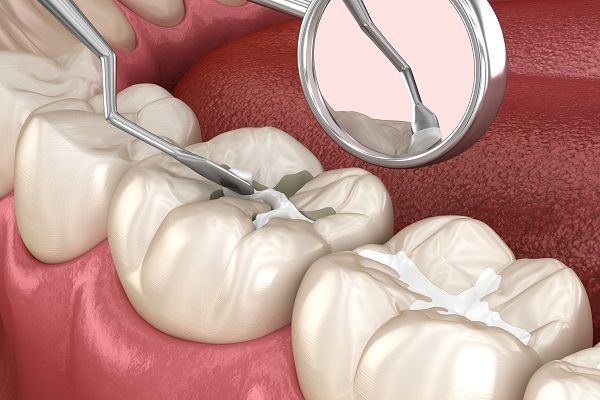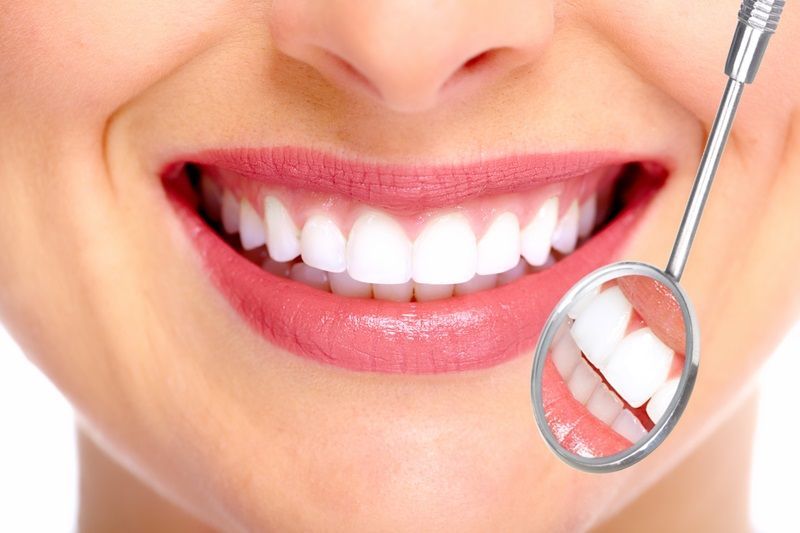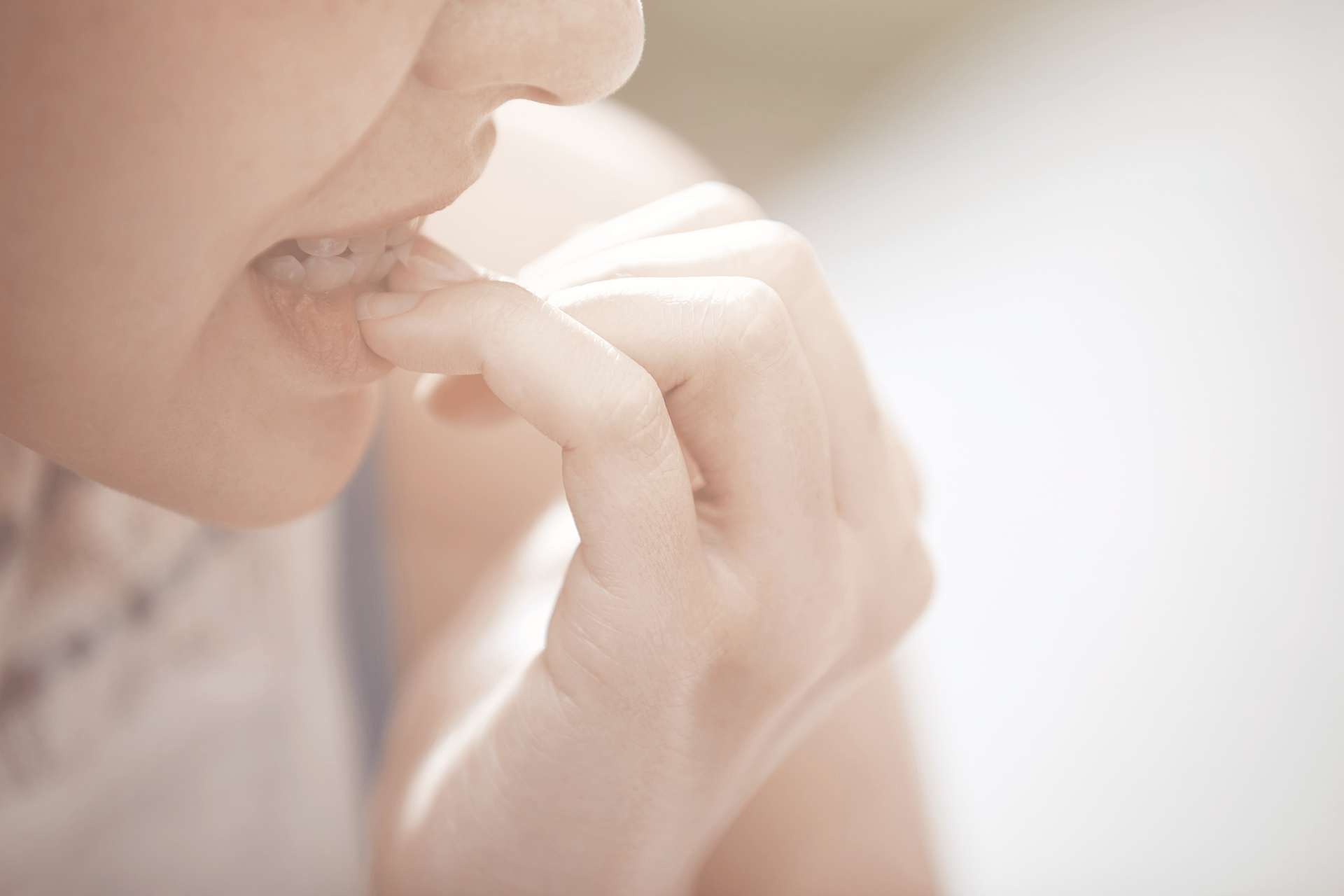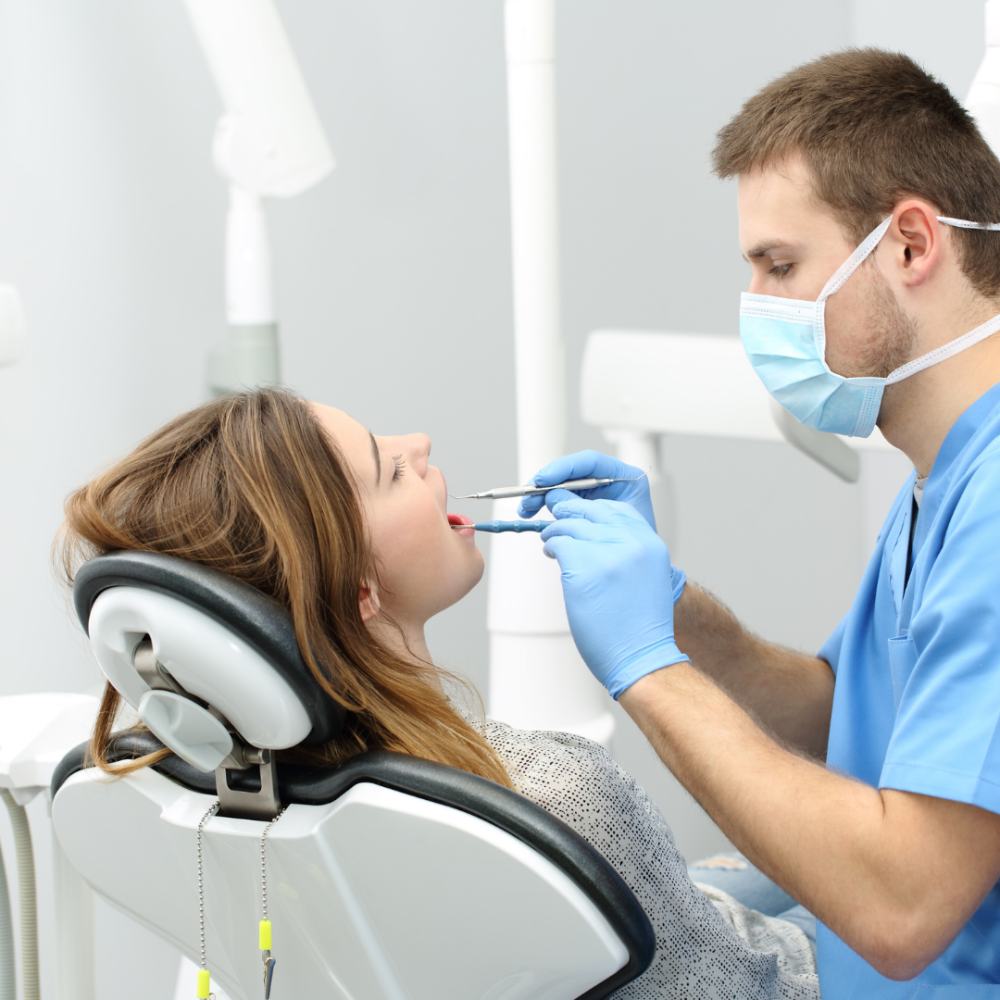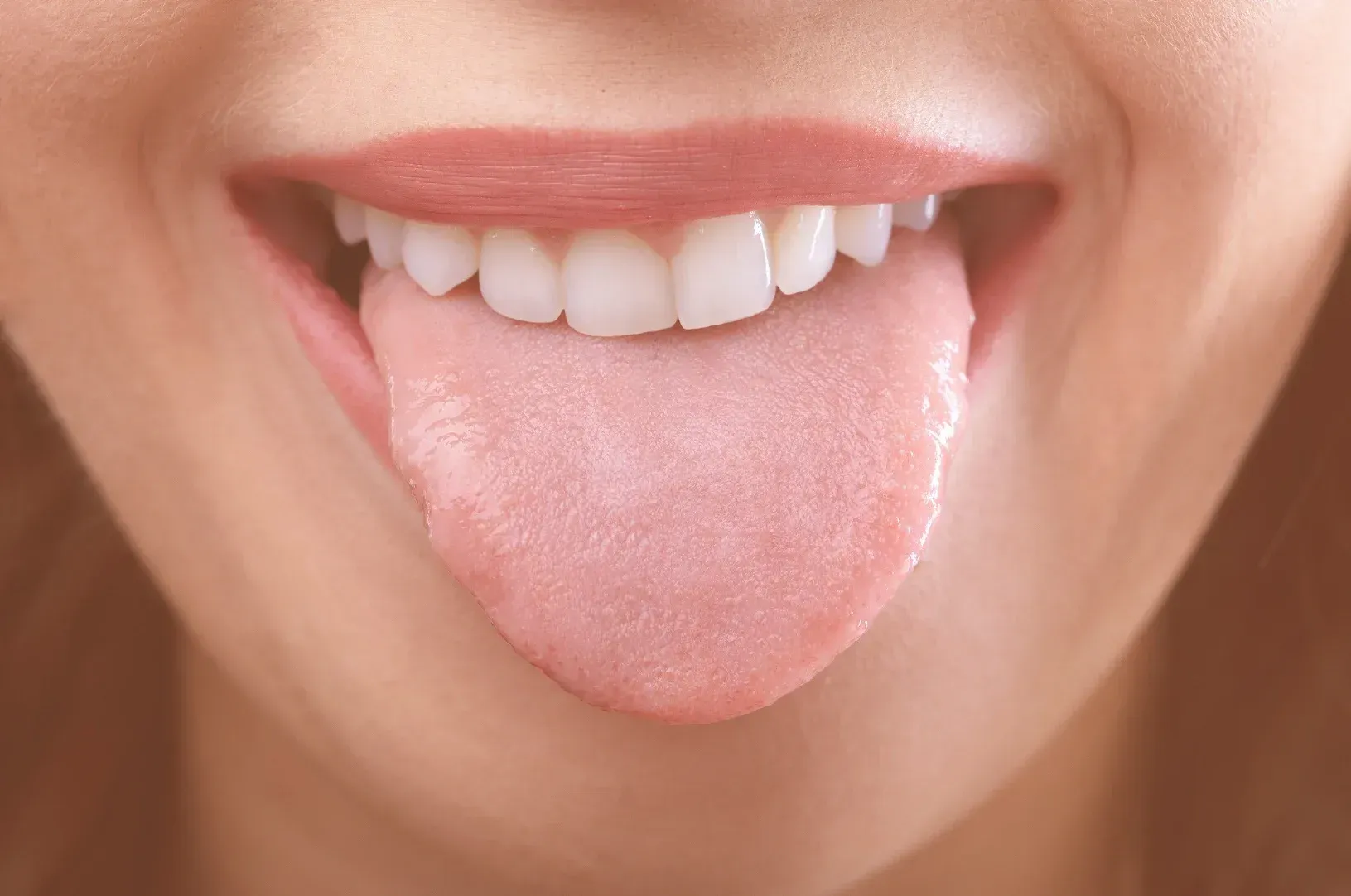In case you didn’t see last week’s blog, be sure to check it out. We flagged signs that you may be addicted to sugar. Now that you’re aware you may have sugar addiction, let’s discuss the importance of changing your habits & ways you can fight sugar cravings.
Impact of Sugar Addiction on your Oral Health
Sugar is one of the leading causes of dental health problems. A high-sugar diet puts you at risk for cavities, periodontal (gum) disease, and eventually tooth loss. ( Read more here where we covered this topic! ) A German University studied the impact of increased sugar consumption on dental health costs in 2017 . Here’s their summary of their findings: “For every additional 25 grams of sugar consumed per person and day — which amounts to roughly eight sugar-cubes or a glass of sweetened lemonade — the costs of dental treatment in high-income countries increase on average by 100 US dollars (75 euros) per person and year.” They found that in 2017, Dental costs were running at roughly $172 billion, largely thanks to increased sugar consumption worldwide, especially “hidden sugars” in breads, soups, frozen foods, and pastries.
Of course, there are many other negative health consequences of sugar addiction. Some examples are increased risk of obesity , diabetes , depression, and heart disease . We love to help our patients live full, healthy lives. If you are concerned with how your diet might be impacting your oral health, please discuss it with one of our dentists. They can help you understand how your oral health has been impacted and give tips for how you can make healthier choices.
How to Combat Sugar Cravings
Fight Hunger
This may be obvious, but make sure you have plenty of filling, healthy food options. Eat 3 healthy meals with proper protein, fat, and carb levels. There are a lot of opinions about the ideal ratio, but feel free to talk with your doctor to see what they recommend. Keep fresh fruit and veggies around for in-between meal cravings. If you’re full, you won’t miss sugary treats as much.
Drink Plenty of Water
Dehydration can trigger cravings. Drink plenty of water throughout the day. It’s good for your health, good for your teeth , and can fight off unhealthy cravings.
Train Your Tastebuds
Whether your style is to slowly cut back or go cold turkey, reducing the sugar in your diet can help you crave it less. The less sugar you eat, the less you’ll crave it. Your tastebuds can actually be trained to be satisfied with less sugar and you may even taste flavors that you didn’t notice before.
Have a Plan
Some people find it more manageable to slowly reduce their sugar intake, or allow occasional treats under 150 calories. Others find that when they allow a little treat they can’t stop. Experiment with which method works best for you. But either way, make a plan and stick with it!
Savor Treats
If you choose to indulge, pick something that is high-quality but small. Take time to eat it slowly, and avoid eating while doing anything else. Sit down, take a bite, enjoy and focus on the flavor of the food.
Know Your Sugar Craving Triggers
Does eating artificial sweeteners trigger sugar cravings? Are late-nights full of sugar cravings? Do stressful situations leave you reaching for a candy bar? Know your triggers and come up with a plan for what you’ll do instead of reaching for sugar. Find healthier coping strategies than eating your feelings. Go to bed before your body starts craving sugar. Avoid artificial sweeteners. It’s always best to make a plan before you’re in the midst of a sugar craving. It’s much harder to come up with good choices or alternative options when your brain is focused on the craving.
We hope this has helped give you some ideas for the best ways to fight off sugar cravings. What are some tricks that you use to make healthier choices?
